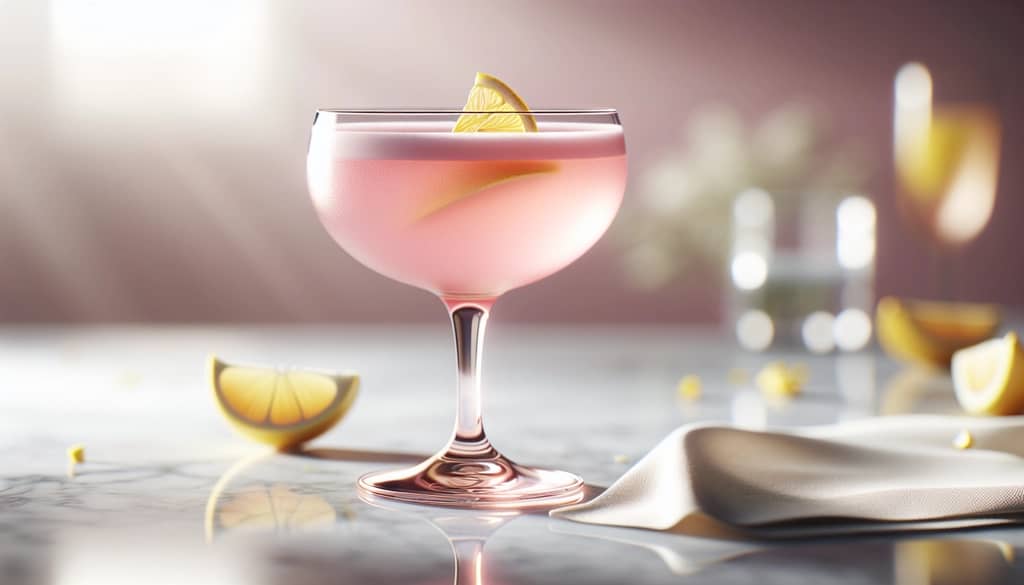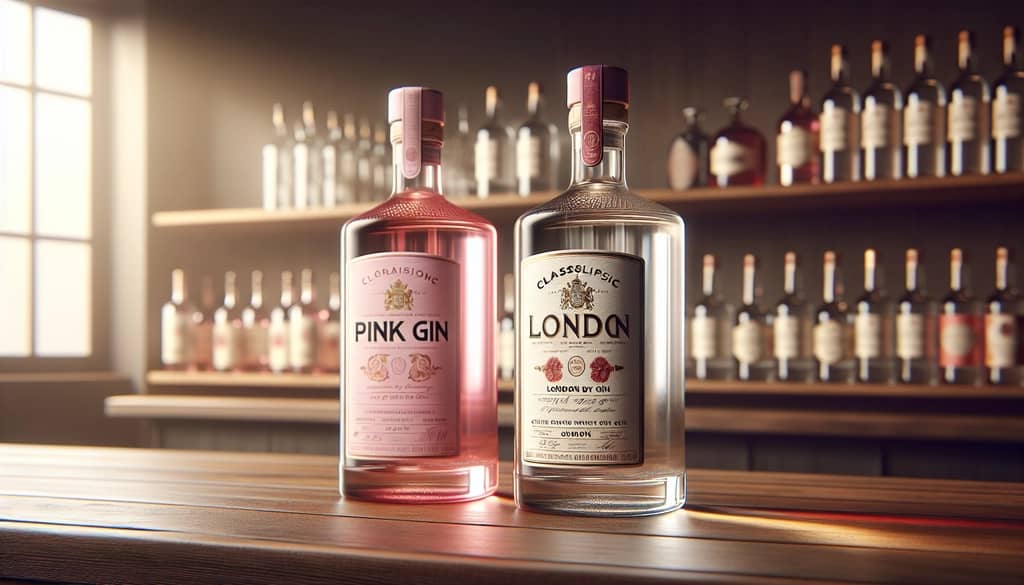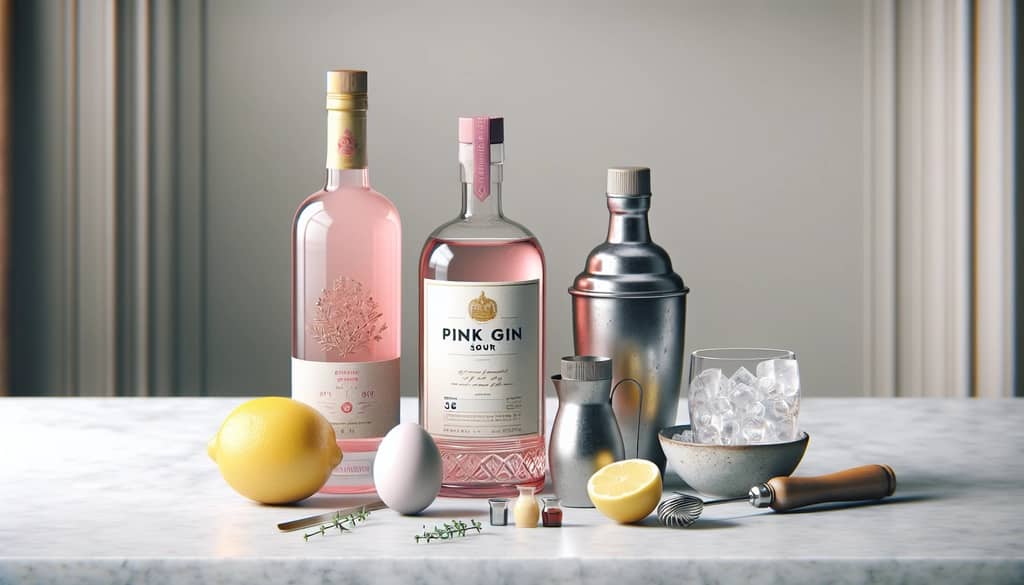Updated on: 6/3/2025
Pink Gin Sour Cocktail: History, Variations, and Recipe

The pink gin sour brings together gin’s botanical notes, the vibrant blush of pink, and the bright structure of citrus. It’s both a nod to classic sour cocktails and a playful riff that allows for endless flavor creativity. This cocktail’s balance of sweet, tart, and aromatic elements, plus its elegant color, have made it a favorite for home bartenders and professionals alike.
Origins of the Pink Gin Sour
To understand the pink gin sour, it helps to look back at two traditions: the original pink gin (British gin and bitters) and the enduring sour family (spirit, citrus, sugar, often egg white). The pink gin rose to prominence in 19th-century naval culture, typically with Plymouth gin and a dash of Angostura bitters for both color and bitterness. The classic sour template dates even earlier, designed to brighten spirits with lemon or lime and balance with sweetness.
The pink gin sour marries these ideas, usually with the addition of a modern pink gin (flavored and colored with botanicals, berries, or bitters) or by modifying classic gin with fruit and aromatics to create its signature hue.
What Makes a Pink Gin Sour 'Pink'?
The color of a pink gin sour isn’t just for looks—it can subtly influence how drinkers perceive sweetness, tartness, and even aroma. The drink’s blush can come from one or more sources:
- Pink gin: Gins infused with fruits (like strawberries or raspberries), floral botanicals, or bitters for color and flavor.
- Bitters: Angostura or Peychaud’s bitters can add soft pink tones and spice complexity.
- Fruit additions: Fresh raspberry, pomegranate, even a splash of cherry or cranberry juice can produce a distinctive pink color and nuanced fruit flavor.
A pink hue can enhance the perception of sweetness and roundness, with many guests reporting the drink tastes “softer” or fruitier than a standard gin sour, even if the recipe is otherwise unchanged.
Key Ingredients and Variations
- Gin: Pink gin provides fruit and floral notes and the signature color, but a classic London dry gin can be used as a versatile base, with color added via bitters or fruit.
- Citrus: Fresh lemon juice is most common, though some bartenders opt for lime for sharper acidity or grapefruit for added bitterness.
- Sweetener: Simple syrup is standard, but you can switch to raspberry or grenadine syrup for subtle flavor and deeper pink color.
- Egg white (optional): Provides a silky texture and a foamy top, visually emphasizing the color contrast and soft, creamy mouthfeel.
- Bitters (to taste): Angostura, Peychaud’s, or even fruit bitters each offer unique flavor and subtle blush.
Some riffs introduce muddled strawberries, elderflower liqueur, or a touch of pink peppercorn syrup for nuance. Adjusting fruit type, gin style, or bitters allows tailored interpretations while keeping the sour’s clean and refreshing character.

Classic Pink Gin Sour Cocktail Recipe
- 60 ml pink gin (or classic gin + 4 ml fruit syrup or a dash of bitters)
- 22.5 ml fresh lemon juice
- 15 ml simple syrup (or raspberry syrup for deeper pink)
- 15 ml egg white (optional, for texture and foam)
- 1–2 ml Angostura or Peychaud’s bitters (to taste; also for pink hue)
Method
- If using egg white, start with a dry shake: place all ingredients in a shaker without ice and shake hard for 10 seconds to aerate and emulsify.
- Add plenty of ice and shake again for 12–15 seconds, aiming for a fine chill and frothy texture.
- Double strain into a chilled coupe or Nick & Nora glass.
- Garnish with a lemon twist, fresh raspberry, or a few drops of bitters on the foam.

How Color and Taste Influence Experience
The visual appeal of a pink gin sour isn’t trivial: bartenders have found that drinkers anticipate a softer mouthfeel and fruitier flavors just by seeing that gentle pink hue. Research has shown that color directly impacts our assumptions about sweetness and tartness. In the case of the pink gin sour, ingredient balance is critical: too much sweetener or fruit can make the drink cloying, while too little can leave the cocktail sharp or one-dimensional. Experienced bartenders taste and adjust—it's all about maintaining the vibrant, refreshing essence that defines a proper sour.
Whether you’re mixing a pink gin sour for its nostalgic nod to British club cocktails, or customizing it with botanicals and fruit for a modern twist, this drink offers both beauty and flavor. Let your eye for color and your palate for balance guide every mix.